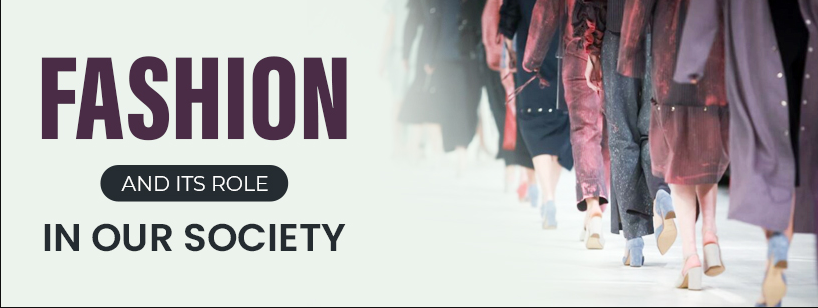Introduction to Fashion in Society
Fashion is often misunderstood as a surface-level concern focused only on clothing, accessories, or outward appearance. However, in society, fashion is far more complex and deeply rooted. It functions as a language without words, communicating identity, culture, status, and belonging. It mirrors the values, aspirations, and transformations of the communities we live in. The importance of fashion in society cannot be dismissed, as it impacts personal expression, social interactions, economics, and even politics. Understanding fashion as a social phenomenon reveals its central role in shaping how individuals connect with themselves and with others.
At its foundation, fashion is a cultural construct. From ancient civilizations to the digital age, fashion has always reflected the spirit of the times. In the courts of medieval Europe, elaborate garments were worn to display power, wealth, and hierarchy. In contrast, the industrial revolution introduced mass production, making fashion more accessible and transforming it into a tool of both inclusion and exclusion. In today’s globalized world, fashion not only reflects culture but also reshapes it, merging traditions with modern innovations.
Another important role of fashion in society is its ability to foster identity and self-expression. Individuals use fashion to project who they are or who they aspire to be. The clothes we wear can show professionalism, creativity, rebellion, or tradition. For instance, the choice of wearing business attire in the corporate world conveys authority and competence, while streetwear represents casual confidence and youth culture. Fashion acts as a tool for individuals to construct and negotiate their identities within social frameworks.
Fashion also reinforces social bonds and community belonging. People within the same group—whether it is cultural, religious, or generational—often adopt similar clothing styles. Traditional attire is a strong example, as it ties individuals to their roots while celebrating collective heritage. At the same time, fashion allows for individuality within these shared frameworks. A person might add unique accessories or modern twists to traditional clothing, balancing personal expression with cultural pride.
Moreover, fashion has historically marked moments of social transformation. The flapper dresses of the 1920s represented women’s liberation, breaking away from restrictive Victorian styles. The countercultural movements of the 1960s used fashion to rebel against conservative norms, embracing colorful, unconventional attire as a symbol of freedom. Today, sustainable and ethical fashion movements reflect growing societal awareness of environmental and humanitarian concerns. These examples show that fashion is not only reactive to societal changes but also proactive in shaping them.
Fashion also has symbolic power in defining social status and class. Historically, the aristocracy and wealthy elites distinguished themselves with luxurious fabrics, ornate designs, and exclusive tailoring. Even today, luxury brands and high-end fashion continue to act as status symbols, setting apart those who can afford exclusivity. At the same time, streetwear and fast fashion have democratized style, giving broader access to trends while reshaping ideas of luxury and authenticity. Fashion thus operates within the tension of exclusivity and inclusivity, often highlighting social hierarchies while also challenging them.
Another crucial aspect of fashion in society is its role in communication across cultures. In a globalized world, fashion transcends borders, enabling the exchange of traditions and styles. A sari from India, a kimono from Japan, or a suit from the West all carry cultural meanings, but when reinterpreted on global runways, they become symbols of cross-cultural appreciation. This blending enriches societies and promotes understanding, while also raising questions about cultural appropriation versus appreciation.
Economically, fashion is one of the largest industries in the world, providing employment for millions and contributing to global trade. Beyond its cultural and social functions, fashion drives economic growth, from haute couture houses to mass-market retailers. This creates opportunities but also raises concerns about exploitation, sustainability, and ethical responsibility.
Finally, fashion continues to evolve with technology and innovation. Digital fashion, virtual fittings, and AI-driven designs are reshaping how people experience clothing. Fashion is no longer confined to physical garments but extends into virtual spaces where individuals can experiment with identities in digital form. This shift illustrates how fashion continues to adapt to societal needs and technological progress.
In conclusion, fashion is deeply intertwined with society. It shapes identities, reflects culture, communicates status, drives economies, and evolves with social change. Far from being superficial, fashion is a profound form of social expression and cultural storytelling. To understand society is, in part, to understand its fashion.


